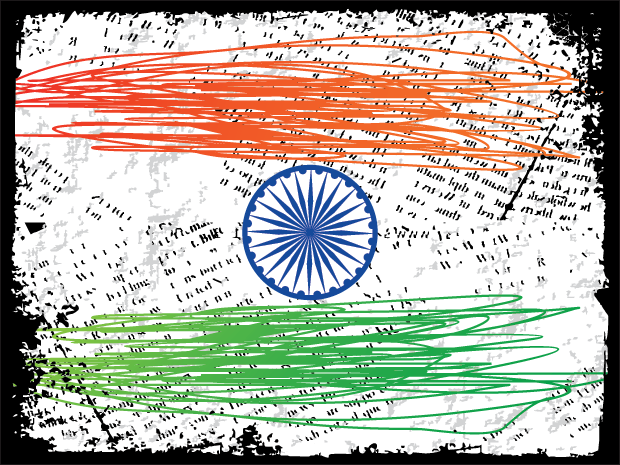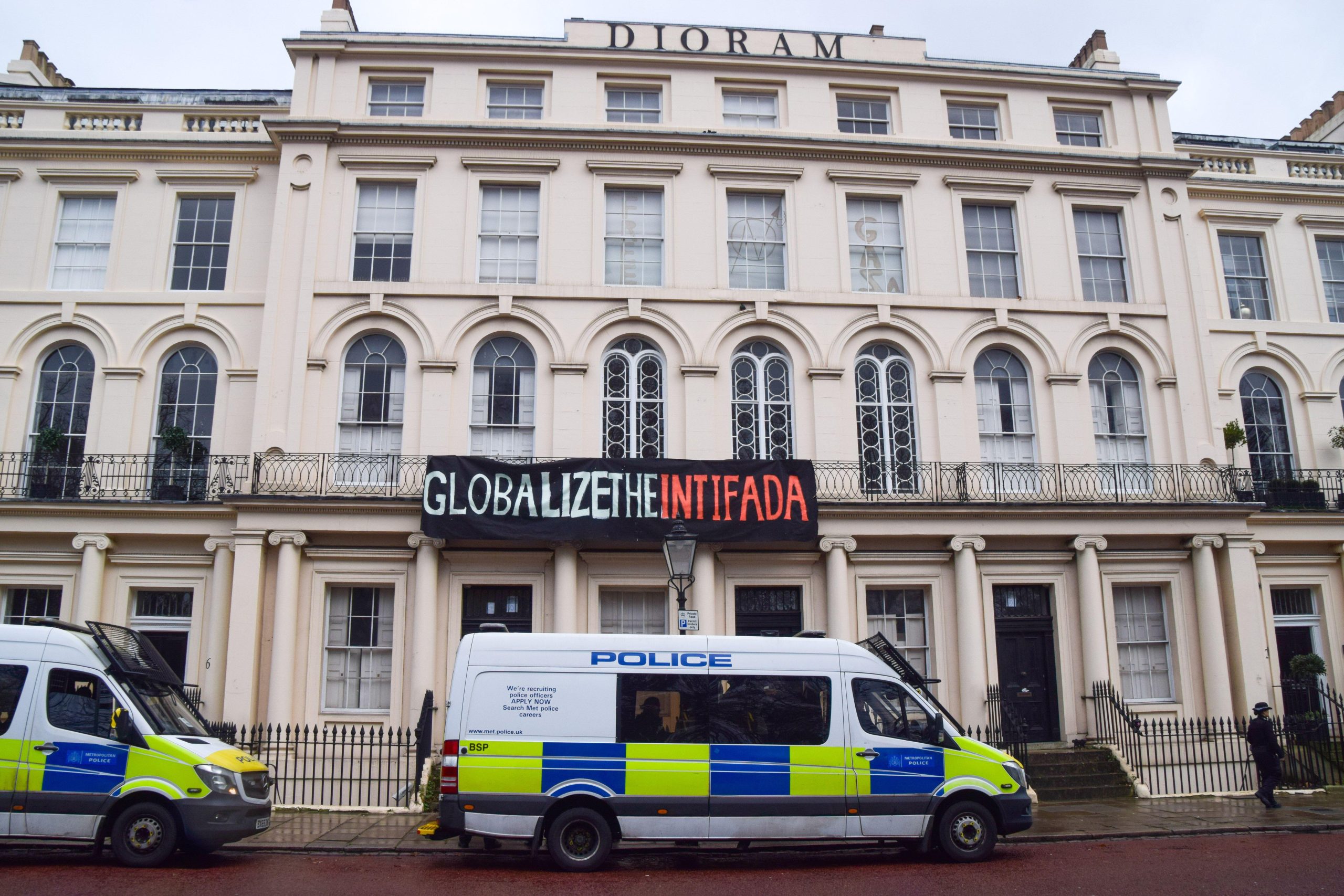 The Indian judiciary, with its prickly ego and halo of righteousness, has always wielded the sword of “contempt” in a swashbuckling manner.
The Indian judiciary, with its prickly ego and halo of righteousness, has always wielded the sword of “contempt” in a swashbuckling manner.
In 1995, the movie Gentleman had some scenes in which judges were shown as being subservient to politicians, and susceptible to bribery. The filmmaker had two options- delete those “offending” scenes, or face prison for contempt of court. Needless to say, he settled for the former. Then in 2001, a fortnightly magazine carried out a performance evaluation of some judges of the Delhi High Court, and published a Report Card, grading them on integrity and competence. The court saw red at this “scandalising”, and slammed a sentence for conviction. Of course, the court praised itself: the judiciary was the “messiah” which protected the press and media from state interference. Meanwhile, when it comes to allegations of personal misdemeanour and malfeasance by judges, nobody needs to even petition the court. It swoops down on its own and muzzles the press.
However, this imperiousness pales in comparison to the Delhi High Court’s award of a gag order in the case of Justice Swatanter Kumar, a retired judge of the Supreme Court, accused of sexually harassing one of his female interns. The 16 January order is nothing less than a generous reward to a SLAPP suit, and worse, it also reveals a manifest bias in favour of the plaintiff, almost as if there was a concerted effort to stifle accountability.
On 30 November 2013, a former intern filed a complaint of sexual harassment against the judge, and when the Supreme Court declined to intervene, on 10 January, she took recourse to a PIL (Public Interest Litigation) before the same court. Coming right on the heels of another similar case, it made to all the front pages and television channels. Though there were some headlines which could have been phrased better, not a single paper or channel even remotely speculated on the veracity of the allegations. All they did was quote from the complainant’s petition and disclose the name of the judge. On 14 January, a phalanx of legal eagles threw their lot in with the accused judge and made a beeline for the Delhi High Court. Their vociferous assertion was tha newspapers, television channels, and the intern had colluded to tarnish the reputation of an upright judge by leveling malicious and scurrilous charges.
Two questions hit us at this juncture. One: when the petition was pending before the Supreme Court, why would the plaintiffs rush to the Delhi High Court, unless of course, forum shopping was their objective ? Two: if their beef was with the allegedly defamatory reportage, why would they also sue the intern?
Parsing the order granting an interim injunction might hint at some answers. The issue before the court was a simple one – whether the defendant newspaper and television channels’ actions amounted to trial by media and resulted in adverse publicity against the accused judge. (Un)surpringly, Justice Manmohan Singh starts by praising the judge’s sterling record on the Bench, and arrogates to itself the right to decide whether there was a smidgen of truth in the allegations. He also holds forth on the need for a statute of limitations in cases of sexual harassment. Then he cites a Supreme Court judgement which had justified prior restraint on reportage and in one fell swoop imposes a blanket ban on reporting of the case. This ban’s scope is scary- besides media houses, “any other person, entity, in print or electronic media or via internet or otherwise” were also drawn in.
Effectively, it means that no one, not even a person or a blogger not connected with the case, could write, or even tweet anything about it. When in most jurisdictions bloggers are being granted the same protection as journalists, could there be a more regressive step?
Legally India, a web portal had used a heavily pixelated image of the judge, so as to eliminate any identifying marks and carried a report totally in accordance with the court’s injunction. Despite that, the fire-and-brimstone emails it received from the plaintiff’s solicitors leave no room for doubt- that intimidating into silence is the only objective. The plaintive plea about irreparable damage to reputation is only a chimera.
A free press is indispensable for speaking truth to power, even the vast powers of the judiciary. Moreover, the Constitution of India makes it incumbent upon the judiciary to protect the press so that accountability and rule of law do not remain mere shibboleths. And when this same august institution clearly appears to champions SLAPP suits, it is indeed a mockery of the rule of law, as a livid Editors Guild said without pulling any punches.
This article was published on 13 February 2014 at indexoncensorship.org




